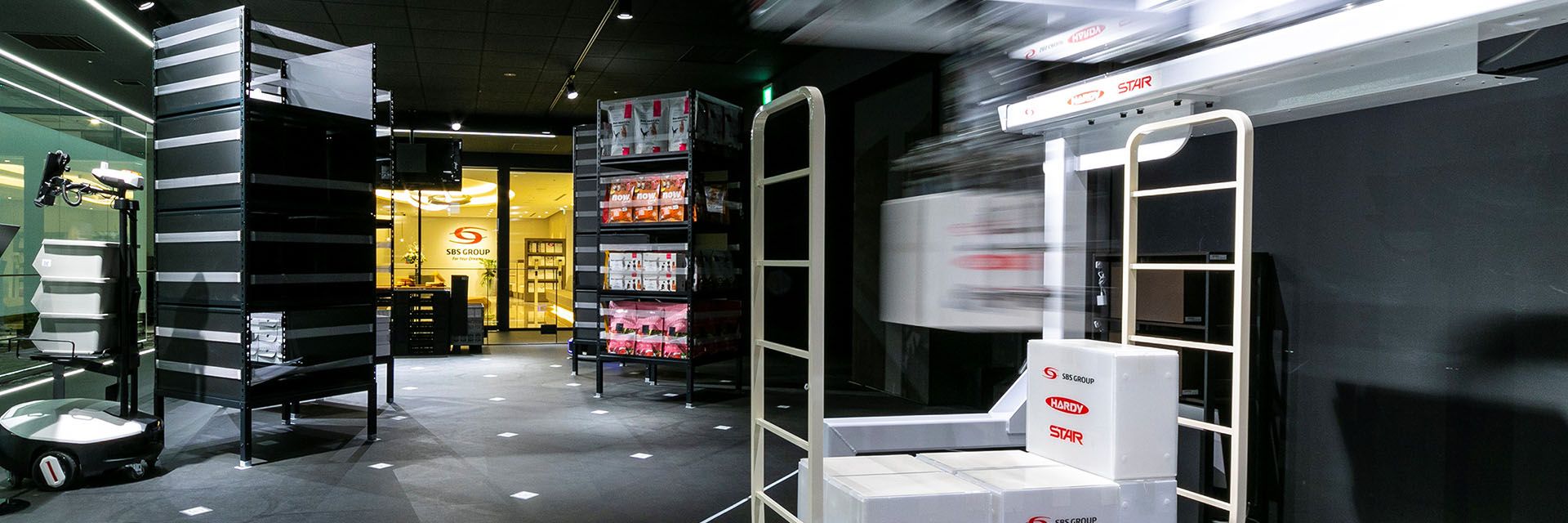
SBS Holdings 2384
Report updated a month ago
SBSホールディングス

Recent Updates
Get in touch
Address:8-17-1 Nishi-Shinjuku, Shinjuku-ku, Tokyo 160-6125
Sumitomo Realty & Development Shinjuku Grand Tower 25th floor
Summary
SBS is a pure holding company. Its group companies are involved in logistics and ancillary support. The Logistics business primarily offers B2B general logistics, food logistics, and specialty logistics services. The main logistics support service is in property management—SBS develops and sells logistics facilities, and manages rental properties.
Key dates
2024-05-10
Next earnings announcement2014-04-10
Coverage initiation